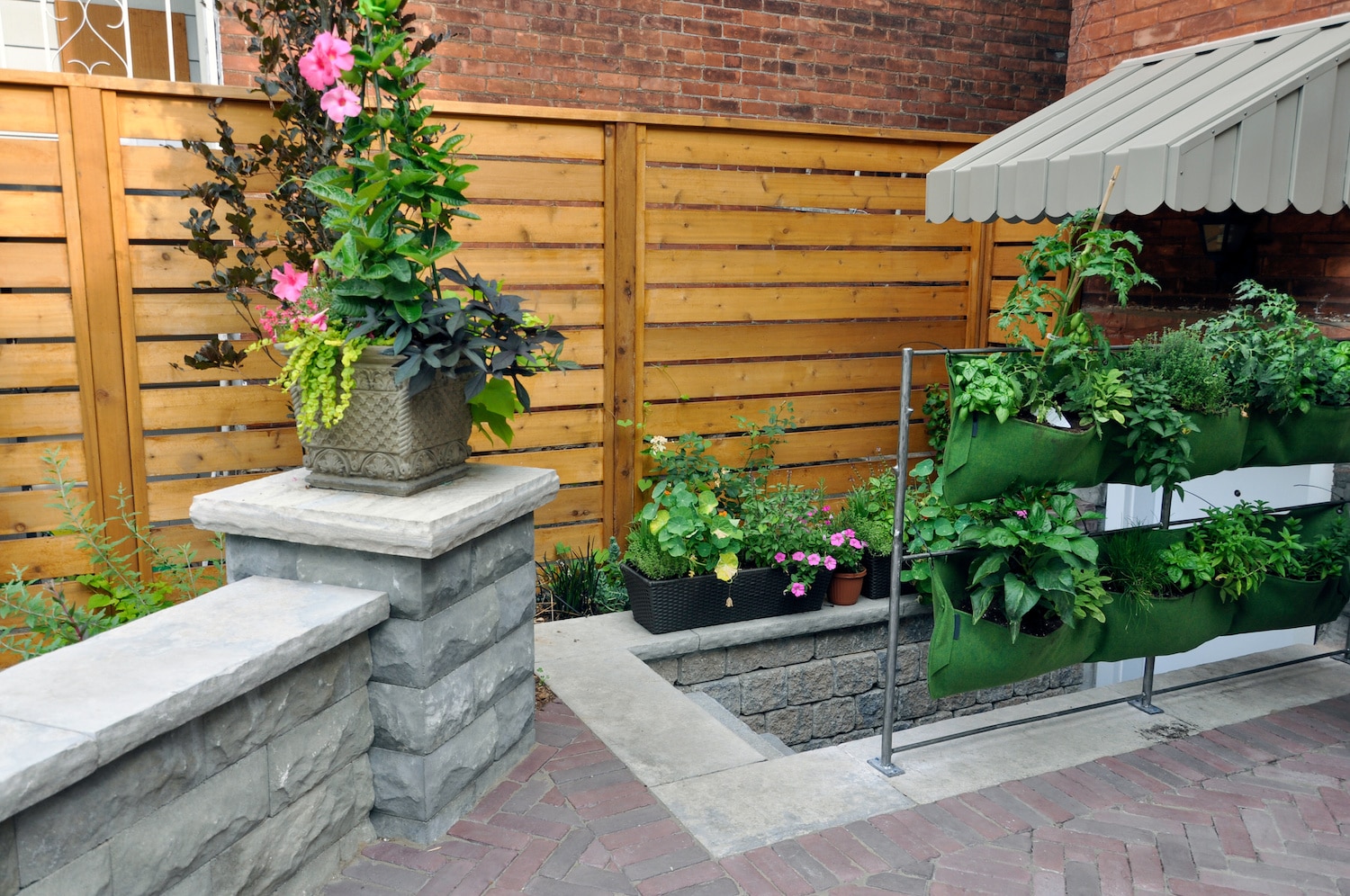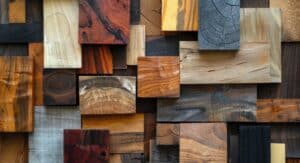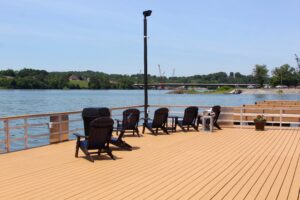When adding some privacy to your property, a wood fence offers a classic and straightforward solution. A horizontal fence gives a modern look that’s enjoyed both by your backyard company and your surrounding neighbors. Also, since the majority of the planks don’t come in contact with the ground, they can be more resistant to rot and water damage over time.
Before making final decisions and moving forward with the building project, you may be asking, “what’s the best type of wood for a horizontal fence?” Each type of wood comes with its own pros and cons, and others are more suited to the project than others. Harbor Exports carries the highest quality building materials to help your builds last longer, as well as the expertise to make sure they’re shipped safely and efficiently.
To help you make the best decision for your environment, aesthetic, and wallet, we’ve put together a thorough guide. Below, we’ve covered the three main things you should consider when choosing wood for a horizontal fence.
1. Climate
Perhaps the biggest external factor for your horizontal fence is the climate that it will be built in. Your choice of wood will have to withstand environmental agents such as weather, humidity, and heat—as well as the terrain the fence is anchored into.
If you choose the wrong type of wood, fasteners, or fence posts, the durability of your fence will be greatly reduced and will likely warp within a few years. The clean, modern build of the fence will be its main drawback in this case, as this warping and unevenness will be all the more visible.
When working in a humid environment, a hard wood such as cedar is a popular choice. It’s naturally more resistant to moisture in the air, allowing it more longevity without warping or cracking. Pressure treated lumber can also be used as the hardiest measure; with the lumber containing preservatives and pesticides to limit decay.
2. Design
It’s important to take into account the space that the fence will be surrounding. Different kinds of wood boast their own unique colors and textures, and add to the decor of the space.
Most lumber, when used decoratively, can be divided into either rough lumber or smooth lumber—named so for the finish on the wood. Rough lumber has a rustic, unfinished feel, reminiscent of a ranch or farmhouse. Smooth lumber is sanded down to a smooth, shiny finish for a polished look. The grade of your lumber will also factor in, as it takes into account the number of visual inconsistencies in the wood. This includes items such as knotholes and irregular pigmentation.
Horizontal fences are highly customizable, with the organization and spacing of the wood planks varying. Along with personalized aesthetics, the spacing of the wood can be changed depending on needs for airflow and privacy.
Popular styles for building include:
- Staggered planks to create a brick-like arrangement
- Even spacing using a spare piece of wood for clean divisions
- Exposed metal posts to create an industrial look
- Varied plank size or even alternating stain colors for something expressive
- Planks laid flush for a clean, smooth look
3. Structure
Your choice of wood will also be steered by the planned structure of the fence. The thickness of the planks and the weight of the wood will need to be accounted for in how it’s supported. A horizontal fence is not unlike an upright deck, and will need proper anchoring and support along its vertical fence posts.
To prevent bowing or warping, the weight of the wood should be evenly distributed along its anchor posts. A six foot gap between each post is standard, anchored with stainless steel fasteners.
While most types of wood can effectively be used for a horizontal fence, each will have a different lifespan. Soft woods such as pine, fir, cedar, and redwood are affordable and attractive. These woods come in a rich variety of colors that elevate a space when stained and sealed properly. However, they may start to bow under their own weight a few years sooner than a similar hardwood. While often significantly more expensive, hardwoods such as ipe and mangaris offer a clean finish and longevity to be admired.
If the plan is to use wood for the in-ground vertical posts, it’s recommended to use a pressure treated wood. The preservatives and pesticides that these planks are treated with prevent insects and mold from decaying the wood and severely shortening the lifespan of your fence. These planks can also be used for the main body of the fence, but are often heavy and may have a rougher finish.
Contact Us
With a plan for your horizontal wood fence in mind, the next step is to acquire all your necessary materials. If your desired wood isn’t a local species or can’t be locally sourced, we can help. At Harbor Exports, we help ship top-quality materials to where you need them most—affordably and reliably. Can’t find your most trusted brands that you need to get the job done right? Contact us today and we’ll help begin the process of getting everything you need.
- About the Author
- Recent Posts
Brad Enfinger has been in construction for over 20 years and has been involved with every material from concrete slab to laying the roof on houses. Brad’s diverse experience has given him the knowledge needed to assist those with shipping building materials, whether it be a house, pole barn, deck, or a dock. Brad at Harbor Exports has anything for your building material needs and can export material all over the world.




